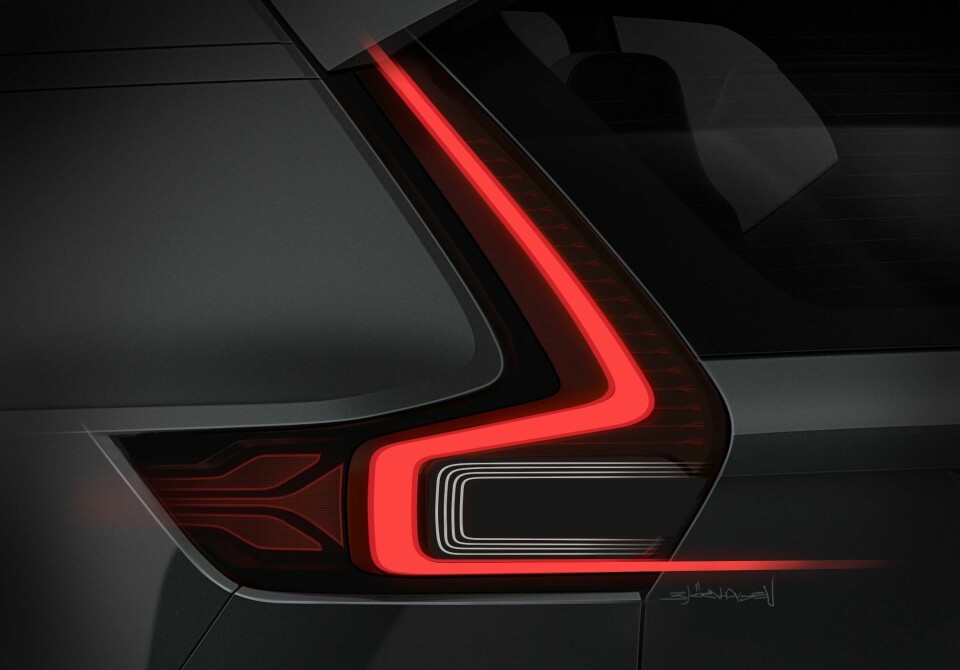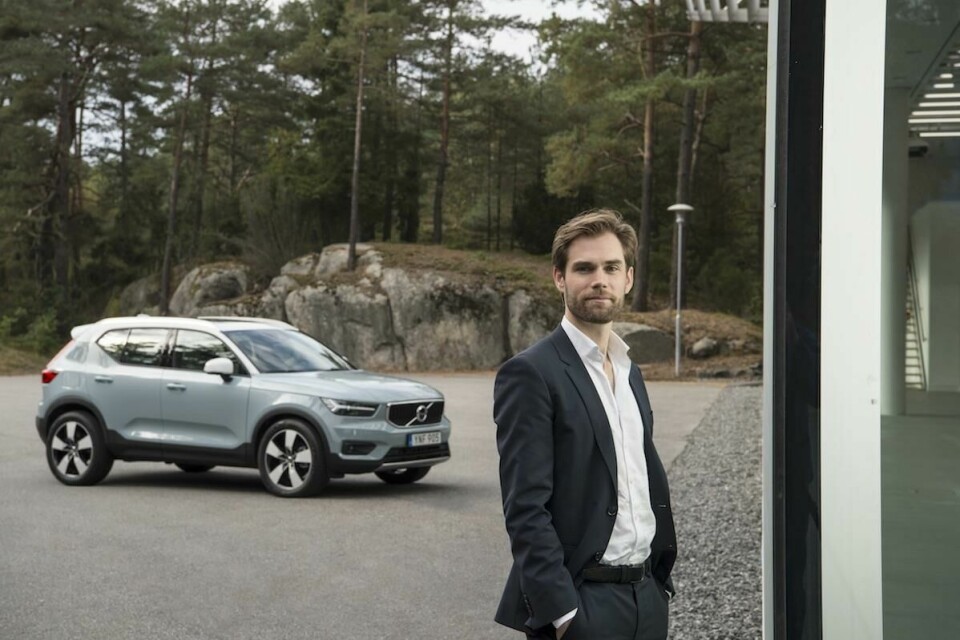
Car Design Review 5: Maximilian Missoni, Volvo Cars
From the Car Design Review 5 yearbook: VP of exterior design Maximilian Missoni discusses Volvo’s design renaissance
I have a very product-design orientated approach to cars. I think that view is becoming more and more relevant now. You start from the purpose, from the engineering, and then translate that into an object with a lot of character, rather than sketching a shape and then trying to stretch it over a package. That’s what we all do at Volvo, and I think the cars we’re doing right now show that. They get down to the core of their message rather than having a lot of clutter.
I studied industrial design in Austria before doing my Masters in vehicle design at the RCA. As a kid I loved reading boat and yacht design magazines; they always fascinated me. My parents are architects and I found the idea of architecture in motion quite exciting. I still remember reading an article about Pininfarina in one of those magazines, about what they do and how they do it, with sketches of cars. I was deeply impressed.
From that point I started sketching and began getting more and more into cars. At school I was often sketching while studying, but somehow I always got away with it. The teachers would say, ‘Yeah, yeah, that’s Max, he’s drawing cars, that’s what he does.’ Since I always delivered, they let me do it.

Maximilian Missoni sketch for the Concept Coupé and the Concept XC Coupé
I’m sometimes amazed at how relevant the projects we did as students are today, 20 years later. We designed monovolumes with individual seats facing each other, with different interior configurations, running autonomously. Many generations of designers have done that since, but now the industry is actually getting serious about it.
We also did shared, compact electric city cars, with co-branding between Apple and car manufacturers. I could still believe in these ideas today. This always reminds me how crucial it is to listen to what students have to tell us today about our future.
In general I’m quite critical of myself. I suppose it’s part of the game, and part of being successful, to never stop doubting yourself.

The new XC40
Design graduates typically have to go through bootcamp when they start work – their stuff gets binned until they reach a certain level of maturity. That’s not the case at Volvo. Everybody gets the chance to become immediately productive, because we’re such a compact team. That puts a lot of pressure on us, because we have to make sure everything is done to the right standards.
We have a great variety of nationalities at Volvo; I’m proud of that. We all try to learn Swedish but the language we use at work is English. When I join a meeting with 25 Swedish engineers the discussion immediately switches into English. That’s such a sign of respect – not for me specifically, but for the whole process of having to work together. And it also makes it easy to recruit people from all over the world.
As well as our base in Gothenburg we have studios in California and China. They’re not only doing advanced design, they also take part in all competitions and processes. We have colleagues from California here for a couple of years, working on our next generation of cars, and we have lots of exchanges like that.

Exterior XC40 rendering by Yury Zamkavenka
When Geely acquired Volvo in 2010 it needed investment, but at this point we are financially self-sufficient. The amazing thing was, and still is, that our Chinese owners valued our history and track record and let us get on with it. That approach has proved to be the right one.
As a brand, Volvo is extremely relevant today because of the values it stands for. First of all there’s Scandinavian design and the human-centric approach, which is really important when it comes to today’s complex world and technology.
Volvo traditionally also stands for safety, which is something other brands have tried to catch up with. It gives us a great advantage in autonomous driving, because who would you trust more to take control than the safest car brand? That’s a great asset – and a great responsibility, of course.
We have recently reinvented the brand’s design language and that journey is not over yet. We’re still developing and progressing.

Tail lamp sketch by Bjorn Hayden
As a design manager I try to be a moderator and someone who motivates others. Of course we have to pick particular proposals and make some big decisions at certain points along the way, but since we are a very compact team everybody at all levels has to perform.
Sometimes you have to take a deep dive – I pride myself that I can still make a sketch, but I’m trying to stay away from that. Instead I try to verbalise what I feel and think, to try to articulate what I want and ask the team to come up with ideas. I know from my own experience it can be demoralising to feel you’re being remote controlled. I really don’t want to do that.
Sometimes I’ll have a certain design in my head – as a designer you can’t help it – but I’ll describe it to the team and they’ll usually come back with proposals that are even better than what I had in mind. That’s an amazing feeling. All the cars we’ve done together are my babies as much as they are the design managers’ or the lead designers’ or the designers’ babies. I still absolutely feel I’m able to express my own creativity.

Interior sketch by Eric Gunarsson
Of course creativity goes in different ways – for example into platform development, which is something I hadn’t done as much in the past. It’s very exciting to provide a base that helps the team to do a good job.
Proportions matter, especially if you want to create clean and pure designs. If you don’t have the right prerequisites, it’s difficult. Not impossible, but much more difficult. The hardest part to get right in design is the same for every car, but was especially true for the recent XC40. It’s vital not to lose control. You start with a really clear and concise theme – the original sketch for the XC40 was about three lines – and then you go through the whole process of making it feasible. There are so many forces that push and pull on your initial idea. You’re tired, you want to go home, it’s easy to say, ‘Whatever, it’s fine.’ That’s one moment in thousands, but the sum of those moments can make or break the car. So you stay and figure it out.
Making a beautiful sketch is the easy part; you don’t put it in the post to engineering.

This interview is from our Car Design Review 5, a beautifully-produced 200-page book published this Spring and containing the past year’s finest concept and production cars, plus trend reports, an in-depth feature on our lifetime achievement award winner, industry legend Wayne Cherry, and interviews with many of the world’s foremost designers. If you’d like more details or the chance to purchase your own copy, go here.





